For many years my truck was parked due a hole in the gas tank after loading on a trailer. Life got away from me, but after some time I put some focus on the truck and got a new gas tank installed but it never ran great after sitting for all of those years.
Fast forward a few more years and got it running a little better, but noticed it was leaking oil, so I took it to highly rated local shop and they replaced the oil pan and seal. They called me and said the oil looked great and would call me when it was done. About 15 minutes later, they called me and said they found some chunks of metal in the bottom of the pan from the piston skirt. I stopped over after work and they showed me which piston it was from. I was really bummed after hearing that but he truck did still run, just leaked oil past the rings and then would burn off in the header and smell like burned oil. I did drive it a little, but knowing that the engine was a ticking time bomb I took some time to think about it.
Before we dive into the LS specifics, lets walk through what I was looking at replacing.
Previous Engine – SBC 350
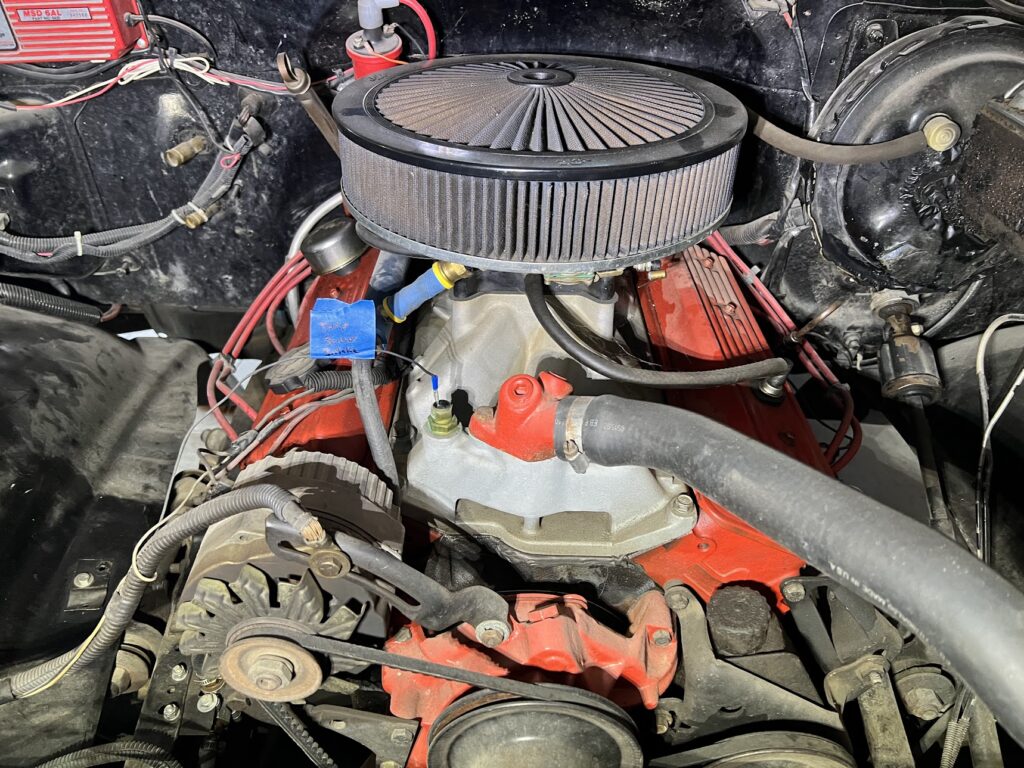
Specs of the small block 350
- 350 bored .030 over, so around 355 cid
- Vortec heads (milled, larger valves, and ported and polished heads)
- Cam, don’t remember specs, but high lift and rpm range was 3000 to 7000 rpm
- Edelbrock Victor Jr Intake
- MSD 6AL Ignition, Coil, and Distributor
- Holley 750 Double Pumper
- Long tube headers
- Dyno at around 330 HP at the rear wheels
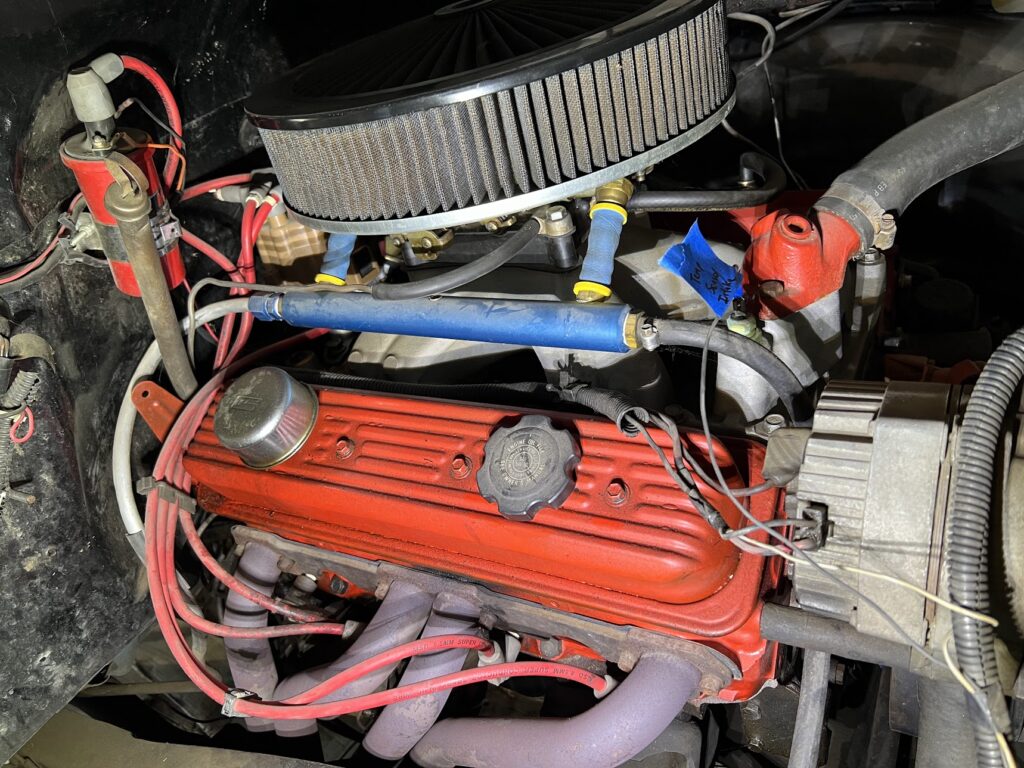
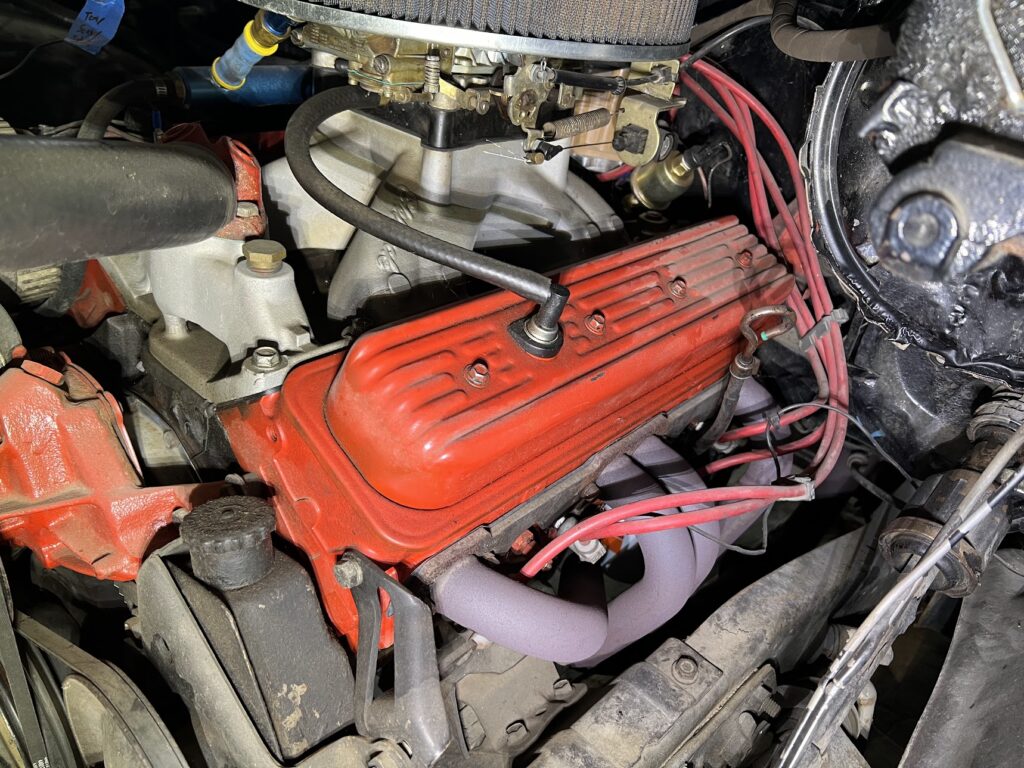
Why an LS?
Why an LS, why not a SBC or BBC? I did consider blueprint crate engines for a while, but I was struggling with the overall cost of the engine out of the box. While thinking about what my requirements were, I wanted something that was similar performance, fuel injection, and a bonus would be an overdrive transmission. When I was done, I wanted something that would just start with the turn of the key, no pumping the gas and the ability to cruise.
LS Engines are very popular engine swaps due to their ability to make good or high horsepower on a budget and their availability. They were found in about every GM van, truck and SUV platform for roughly 15 years. If you want to get into the specifics LS generally refers to all Gen 3 and Gen 4 small block engines, but there are some exceptions as well.Since there was lots of good resources out and part availability, I decided to move forward with an LS.
First I had to decide what engine to buy. While there are some new or rebuilt options, I decided to go with a used engine. It was a toss up between 5.3 and 6.0, but there is the old saying there is no replacement for displacement, so I set my eyes on a 6.0. The two main 6.0 variants I looked at were the LQ4 and the LQ9 engines. The LQ9 has a flat top piston which results in having higher compression but usually come with a higher price tag. I was good with either option because after watching a lot of videos, I found a few ways to make up differences.
If you work with cars on a daily basis you probably have a network that will allow you to find engines and transmissions, but ended up surfing Facebook marketplace and found someone selling a 6.0 and 4L80e. After reaching out I was able to convince them to delivery a LQ4 from a 2000 Silverado 2500 HD to my house.
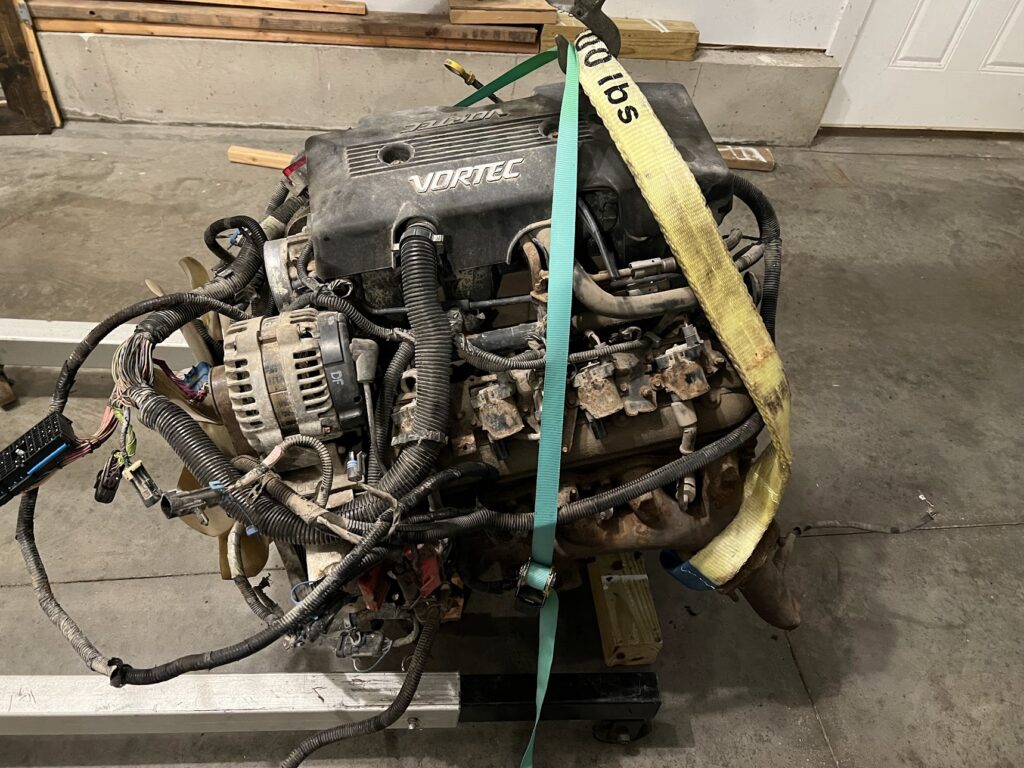
Front photo
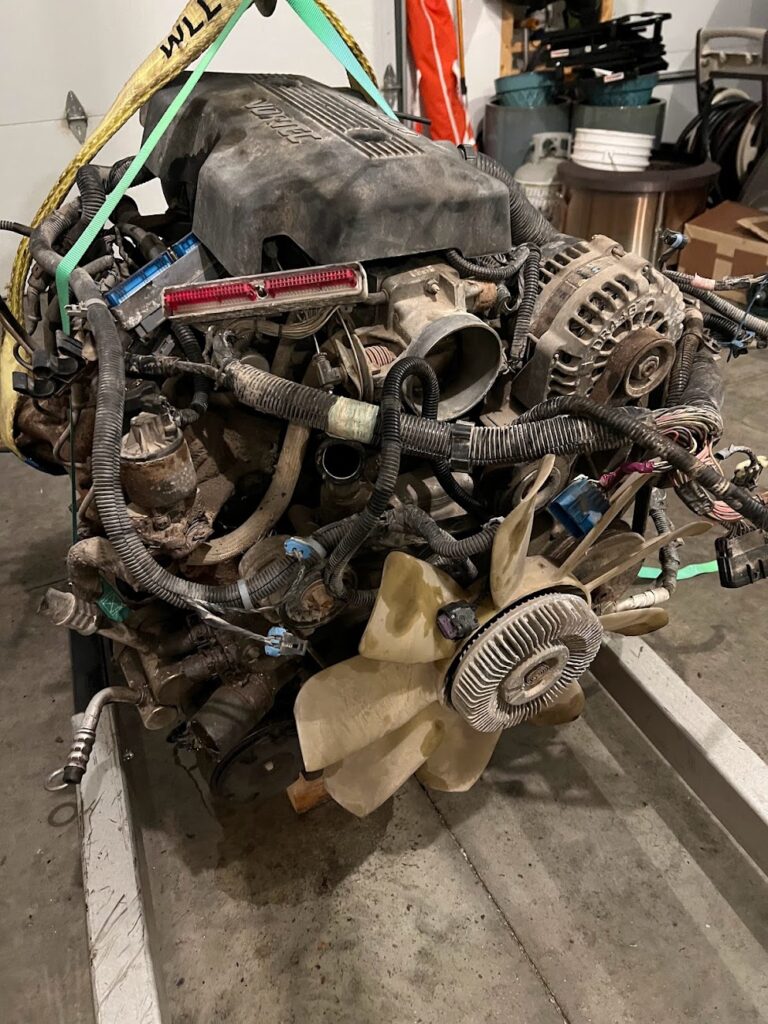
Next step is the tear down and assembly, check out that process here (todo).
If you want to jump to the LS Swap go here.
2 thoughts on “Why LS Swap my 1979 C10”